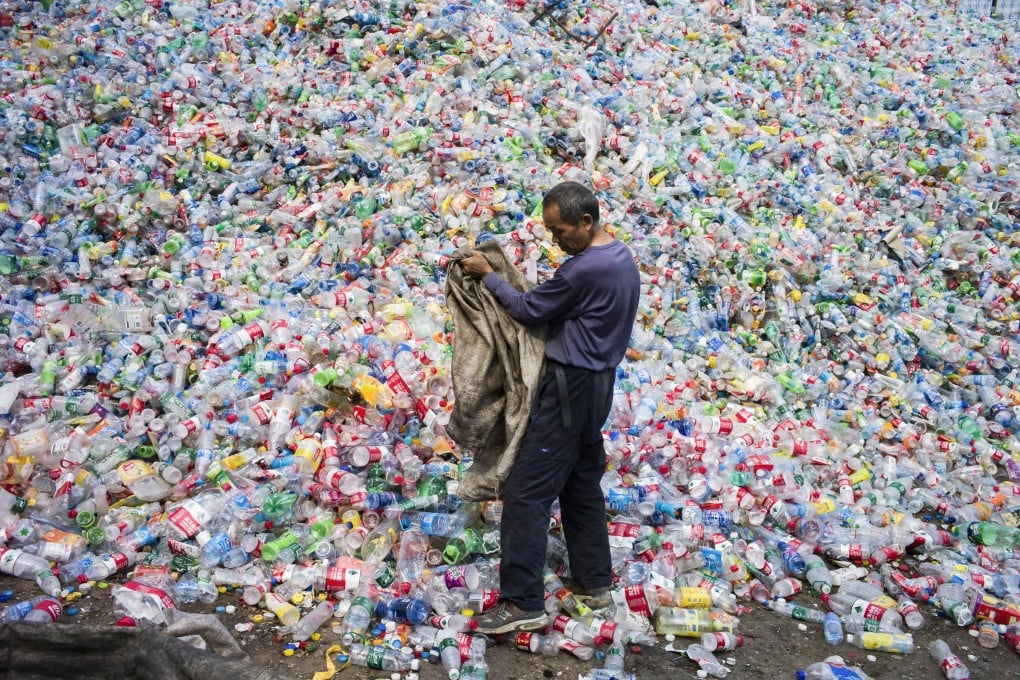Advertisement
How mainland China’s waste import ban in 2018 impacted the way we recycle plastic today
- America experienced a significant drop in its plastic recycling rate, which is probably due to China’s 2018 import ban, resulting in a sharp decline in global plastic waste trade
- While plastic recycling exports shifted to other Asian countries, it does appear the total export volume has dipped since 2018
Reading Time:3 minutes
Why you can trust SCMP
2

The explosion of plastic in our everyday lives has contributed to a relentless growth in waste, and while many people try their best to recycle their trash, a new report estimated that the US only recycles between five and six per cent of the plastic it produces.
While the rate is a drop from the 8.7 per cent tallied in 2018, what is actually happening is the statistics more accurately describe how much plastic had always been recycled.
The numbers now reflect China’s ban on plastic waste imports introduced in 2018.
Advertisement
According to the report from two American advocacy groups, The Last Beach Cleanup and Beyond Plastics, American recycling statistics counted exported plastic waste as “recycled”, despite the reality that, once they left US shores, they were more likely to be burned or dumped than recycled. The US plastics recycling rate peaked at 9.5 per cent in 2014, and a large chunk of that was exported to China.
Jan Dell, the lead author of the report said the Chinese ban was a positive move because it forced wealthy countries to “get real” about how much pollution they were creating.
Advertisement
“When China accepted millions of tons of imported mixed waste plastic, it gave a false perception that most plastics were recyclable when they never really were,” said Dell, who has worked with companies in southern China since 1987.
Advertisement
Select Voice
Choose your listening speed
Get through articles 2x faster
1.25x
250 WPM
Slow
Average
Fast
1.25x